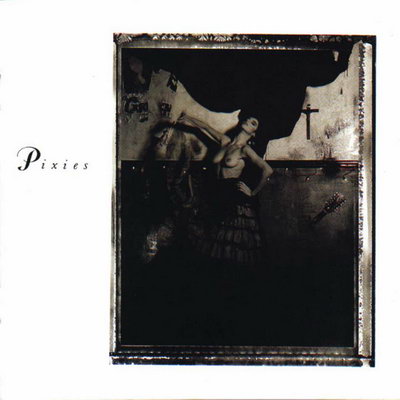Things We Were Due to Forget: The Cold Undertow of Minimal WavesMy Difference Engine column at PopMatters is now hot off the (virtual) press on PopMatters.

Upon reading this article, I realize that the reason I mentioned tape fidelity with regards to Hauntology and Chillwave was because I had intended to mention that this kind of physical medium fidelity was not common to coldwave. As far as I know, none of the reissues or even the new stuff has come out on cassette, but rather mostly vinyl and CD. What’s more, Vasicka performs her own remastering, making the whole physicality of the releases a non-issue since the grain and crackle is suctioned out and erased from the recording. This obviously brings up its own issues with minimal wave/coldwave’s dimensions of revisionist history, commodity fetishism, etc.
Also, as per it relates to the literature surrounding some of the revivalist bands (and it should be pointed out that
20JFG is perhaps one of the biggest current advocates for this scene- even their own mini-genre “drag” seems to be somewhat of a coldwave offshoot), the question remains as to whether a DIY revival of any genre is relevant in a time when any one can do it themselves. Minimal wave was DIY, but also invested in brand new technology. I’d agree with Xeno and Oaklander’s Sean McBride when he says that we skim through machinery now and don’t maximize its resources, but instrumentation austerity also seems to be an excuse to not engage with the present (it should also be pointed out that some revival bands like Further Studies and Figure Study do not even sound analogue…maybe they are, but if so what’s the point of the distinction?).
Engaging with the present also brings up the uncomfortable topic of race. I purposely avoided the issue in my piece because it would perhaps require a separate essay equal in length (and it may be something I touch on in a later piece). However, for coldwave/minimal wave (the new stuff) to engage with today’s zeitgeist (dubstep, funky house, wonky) would seem to require an engagement with black rhythm, which would probably also defeat the purpose of coldwave’s mechanical pulses. Austere rhythm is such a central component to the music that it makes it a hard music to translate to other styles, which may be one reason I’m a bit pessimistic about coldwave’s potential as a profound shifter of cultural temperatures.
This, of course, brings up a host of other issues about rhythm itself. It’s often assumed that a lack of rhythmical complexity or “soul” makes a music white (tell this to Robert Hood or Jeff Mills), but this too comes from a rockist notion that upon closer inspection seems to actually carry a Eurocentric notion. The assumption is that not-black or, perhaps not-Other, is white, making whiteness the blank slate on which to base everything off of, the default state which qualified when the limited criterion for otherness does not apply. Recent months have seen a number of new popular studies on whiteness gaining press (countered by a divestment of ethnic studies in public schools in Arizona) that make whiteness seem at best a nebulous distinction, so classifying anything as “white” is pretty specious (Anglo, Euro, Teutonic, yes. White, no). Unhuman electronic sounds and simple beats are commonly thought to be the territory of white people despite the multiplicity of dark faces involved in its origins and creation, but in truth they are beyond race/postracial. It’s certainly hard in our multiculturalist society to think of anything as not having a racial dimension, but it’s particularly electronic music’s anti-humanism that seems to make it perhaps the prime candidate in the arts for a complete dissociation with race. With race as a human social identity construct, electronic music (dance music particular) has little use for it. Electronic music has little use for notions of identity in general. It is anti-star, anti-ego, and anti-organic (generalizing here, of course, there are exceptions).
Specifically, minimal wave seems to have no cultural identity because so little is known about it. Any notions of sexual or racial identity must be assumed or taken from a blurry picture.

Interesting that coinciding with the election of Obama comes the adoption of electropop by black culture, with its simplified rhythms and un-bluesy, un-soul, un-sampledelic electronic instrumentation and all. It seems that black culture is not condemned after all to revisiting the same styles spawned as a result of the Black Atlantic Diaspora (although those may be more interesting than a mere black take on white/blank pop art forms). Black folk forms like blues, hip-hop, jazz, and gospel were often thought to more “pure” because at one time they were not yet coopted by the corrosive hands of white Capital (still soaked in the blood of slave trade). At this point though, it’d be foolish to think that any of those form weren’t completely absorbed into the hegemonic superstructure, so what exactly really can be authentic “black music” these days if it’s not black futurism?





















